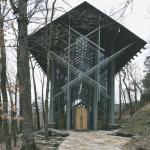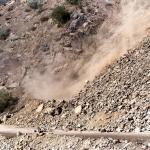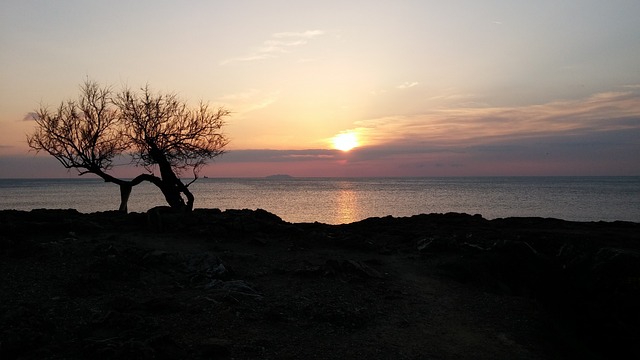
What’s A Tamarisk?
The tamarisk is a shrub or small tree native to the Mediterranean and parts of Asia. Over 54 species exist, with uses for it ranging from shade tree to ornamental shrub to windbreak.
Rising in height between 10 to 20 feet, the tamarisk is characterized by reddish-brown bark, slender branches, and small grey-green foliage. Masses of tiny pink or white flowers appear on long spikes on the tree’s branch tips in spring and summer. These blooms give the tree a feathery appearance.
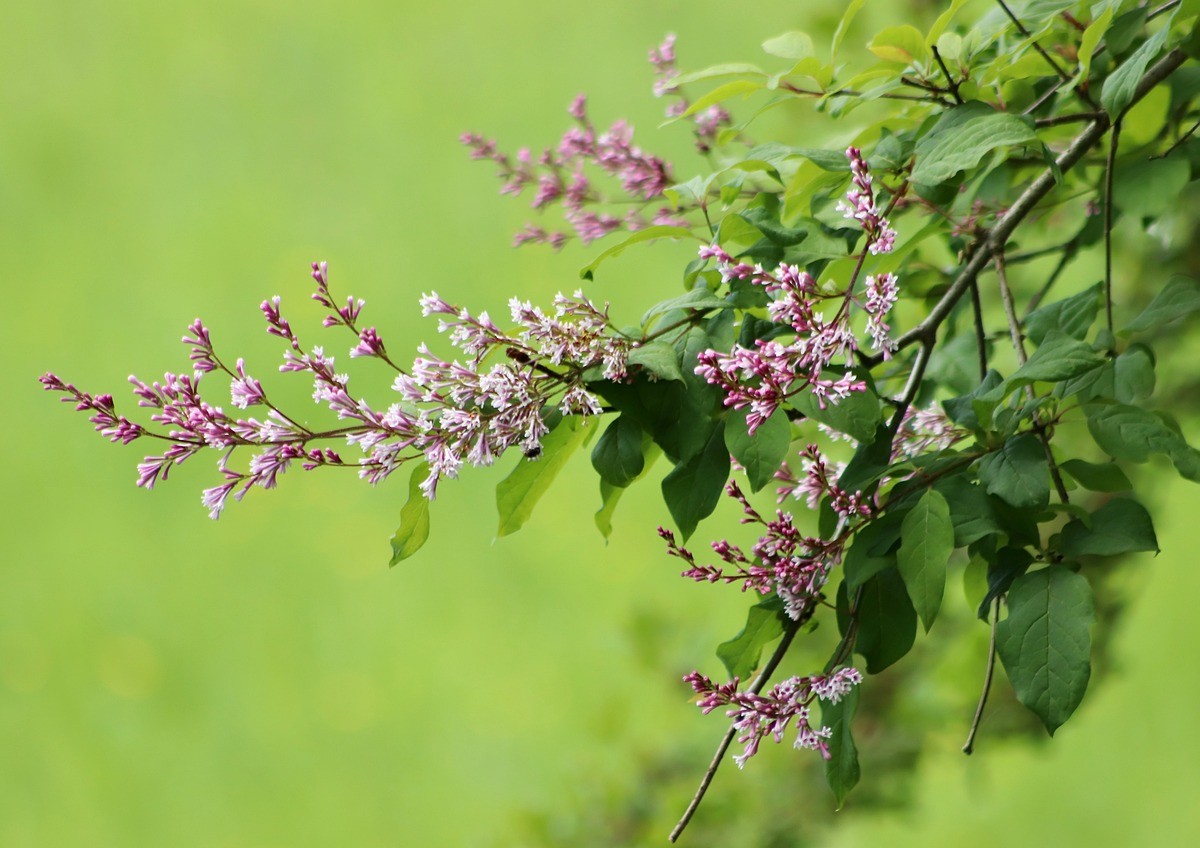
Where Are Tamarisks Found?
Native to dry areas, the tamarisk tree grows in arid regions today, including across the American West. Because it tolerates desert heat, this tree flourishes around oases in Middle East deserts. Although not native to North America, tamarisks were introduced in the US Southwest to assist with erosion control.
Known for salt tolerance, tamarisks usually grow in saline soil. They can also withstand salt-water spray. One species, the French tamarisk or salt cedar, is intentionally planted along seacoasts.
Tamarisks In The Bible
Old Testament passages specifically mention the tree and establish the tamarisk’s value in the ancient Near East environment through its provision of shade, fuel, and building materials. Genesis 21:33 mentions the tree by name when Abraham plants a tamarisk at Beersheba. Saul found shade sitting under such a tree in 1 Samuel 22:6. A tamarisk tree served as a burial site for Saul’s bones according to 1 Samuel 31:13. Even Jeremiah appears to reference the tree in discussing God’s power to bring revival in Jeremiah 17:6-8.
Endurance In Adversity
Why are tamarisk trees able to withstand harsh conditions such as desert heat and drought? Their extensive root systems and leaves are essential to their survival.
Roots seek out moisture in the soil. The tamarisk’s roots extend down as much as 30 feet to draw water from deep soil layers and the water tables. Not only do its roots reach down, but they reach out as well. The tree’s lateral roots can spread more than 100 feet to absorb moisture in the soil.
The needlelike tamarisk leaves also capture moisture. These evergreen leaves collect water vapor at night from the moisture in the air.
Takeaway #1
Tamarisks provide a model for Christians to experience thriving faith in a harsh, sinful world. Like the tamarisk, believers need roots to reach the Living Water. This resilient tree’s downward roots exemplify a faith firmly rooted in God’s word and a daily personal relationship with Him.
The tamarisk’s lateral roots show the value of receiving more of the Living Water through connections with fellow believers. Tree leaves pulling moisture from the night air are like believers’ hands. If held out towards heaven, even in dark times, refreshment will be provided. Christians can endure with this model.
Helping Others
Not only does a tamarisk tree thrive, but it helps others to thrive as well. The tree promises rest and refreshment to humans. Travelers in the harsh environment can take advantage of the shade beneath its widespread branches and find shelter and moisture there. Because the tamarisk is an evergreen, it offers protection from the hot sun all year round. https://www.groovingtrees.com/tamarisk-tree-symbolism Tamarisks also provide a guide to navigation. When traveling though barren deserts, travelers can easily spot these natural landmarks.
Animals and insects also benefit from the tamarisk tree. Besides providing a shady spot, tamarisks offer flowers to draw pollinators. Their small flowers assist bees with making honey, providing a common food source in the Judean desert. The wild honey John the Baptist ate mentioned in Matthew 3:4 came from bees visiting the flowers of the tamarisk tree.
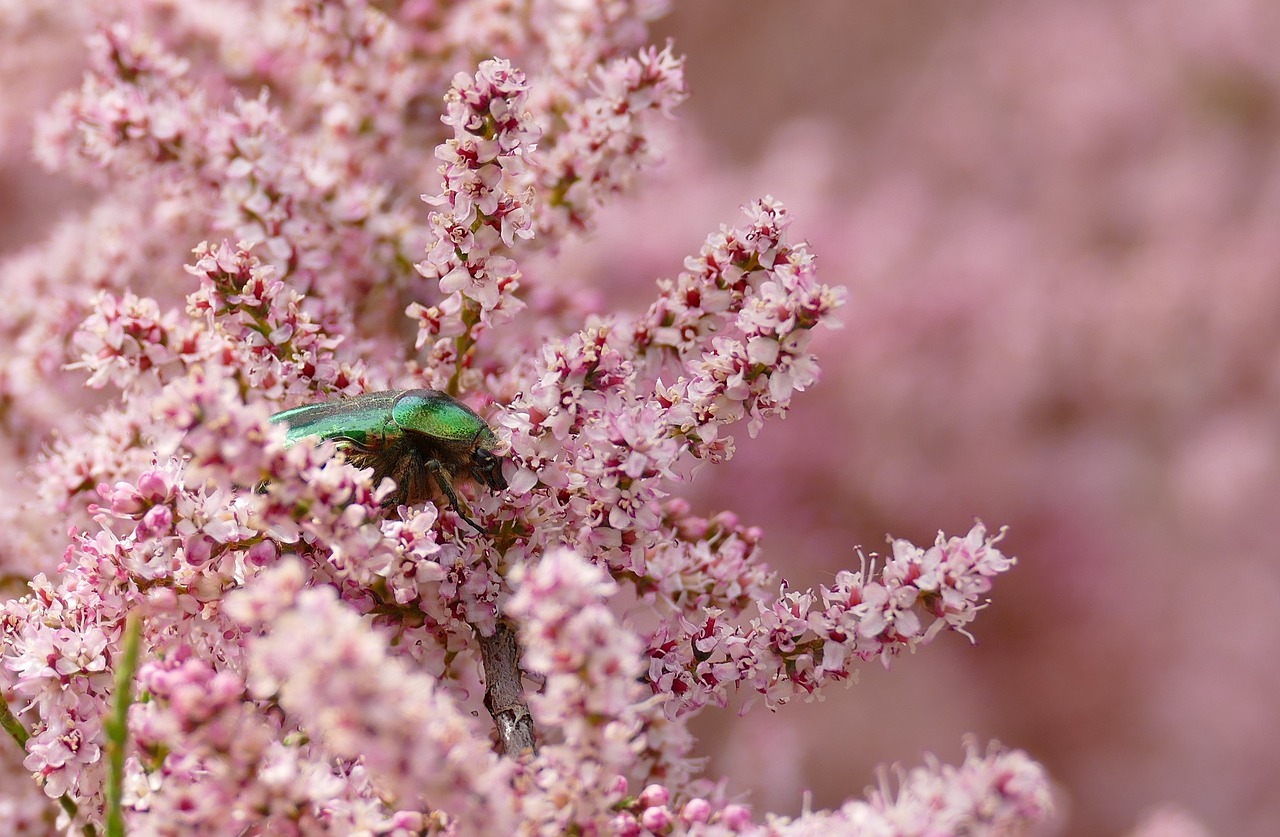
Takeaway #2
As the tamarisk helps humans and wildlife, Christians are directed to love their neighbor. Believers can offer rest and refreshment with kind words or offers of hospitality. Their behavior can point others in the right direction—to Jesus. They can use their God-given talents and abilities to assist others accomplish their work much like the tamarisk allows bees to utilize the flowers God allowed to grow on it to produce honey.
Emulate The Tamarisk
Although a tree, the tamarisk can teach Christians by the examples it provides. The resilient desert growth is well-rooted and provided for naturally by God in a difficult environment. The tamarisk also helps people and living things around it by providing shelter, shade, guidance, and flowers. In essence, the tree loves its neighbors. Two takeaways from the tamarisk tree are endurance in adversity and helping others. Strive to be like this tree!



